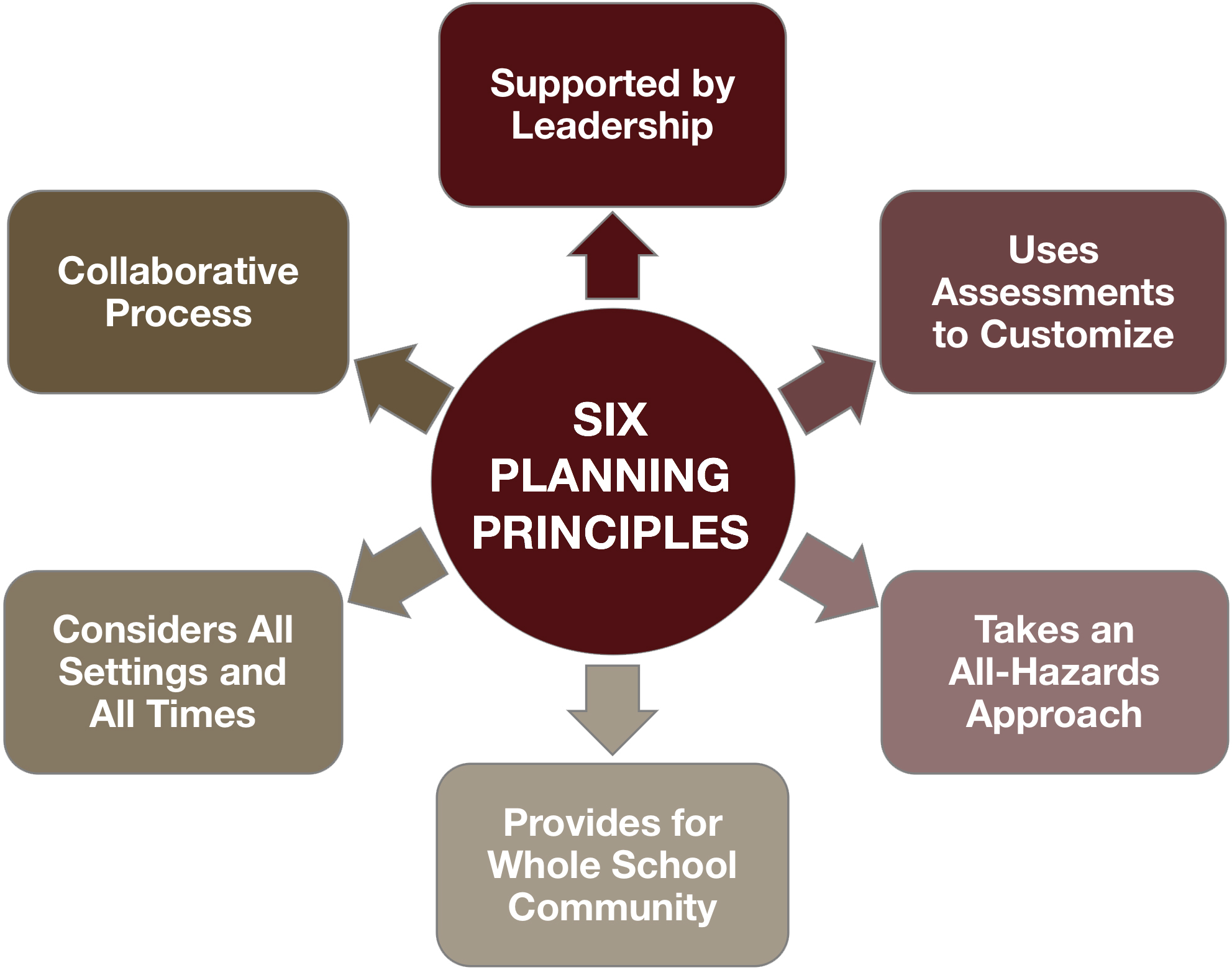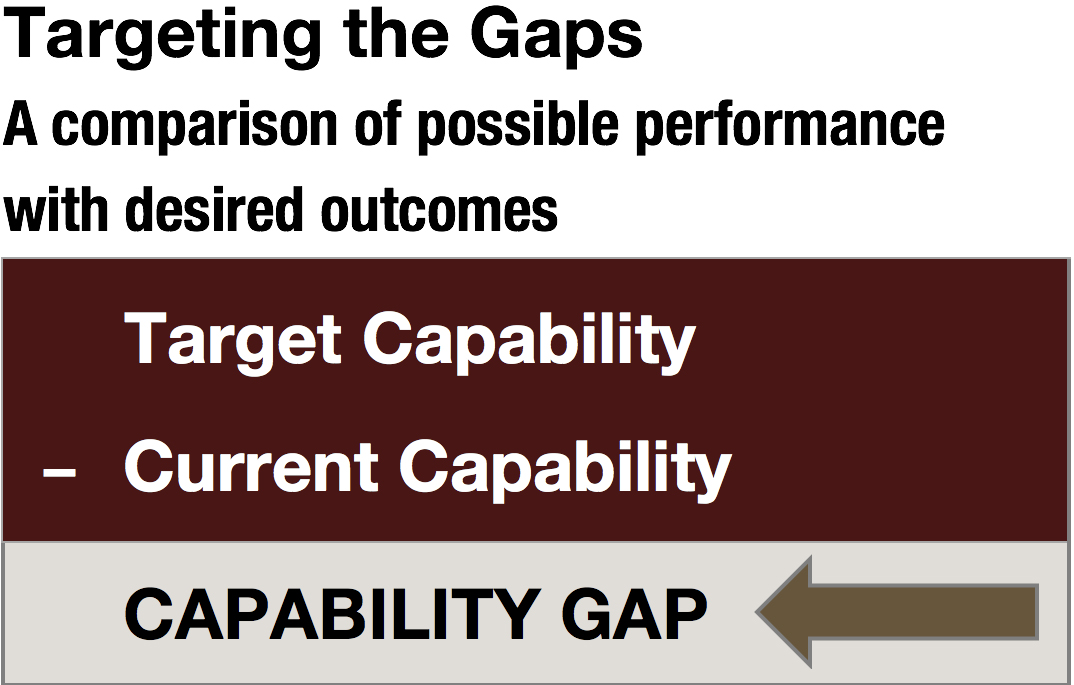TxSSC
Safety and Security Agreements Toolkit
1.1 Resource or Gap Analysis/Identification
Like the emergency operations planning process, the gap analysis process employs the six planning principles. This process should:
-
- Be supported by leadership
- Be based on customized assessments
- Consider all-hazards
-
- Take a whole school approach
- Consider all times and settings
- Be a collaborative process

Employing the principles will ensure that the planning team members are able to identify the human and material resources needed to implement the emergency plan. Resources include personnel, equipment, supplies, facilities, and expertise. Reflect on past events in your district or other districts. Review information from functional and full-scale exercises conducted in the district. What additional resources were needed? The following are examples:
- Boats – access after extensive flooding
- Communication Capacity – alternative communication methods
- Decontamination/Restoration Services – post flood recovery
- Drones – hurricane damage assessment/casualty assessment
- Health Services – pandemic management
- Law Enforcement – active shooter
- Reunification Sites – post evacuation
- Robots – bomb search device
- Trauma Counselors – death of students and/or staff
- Volunteers – manpower for shelters

Five key steps are important to the gap analysis process:
- Develop a realistic scenario around a hazard/risk.
- Identify immediate, short-term, and long-term tasks to address the hazard.
- Detail resources that will be needed to respond.
- Determine if there is a resource shortfall or gap.
- Develop a list of districts, agencies, or private suppliers with those resources.
